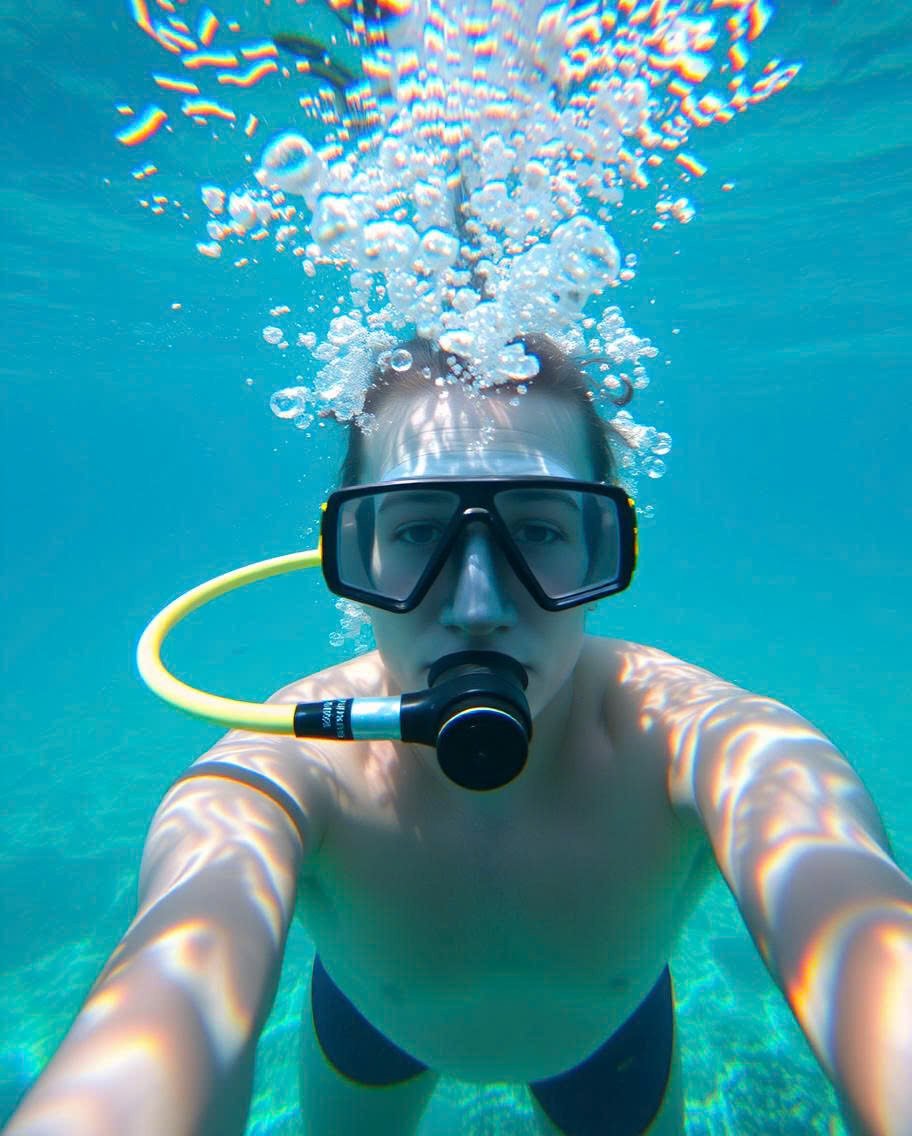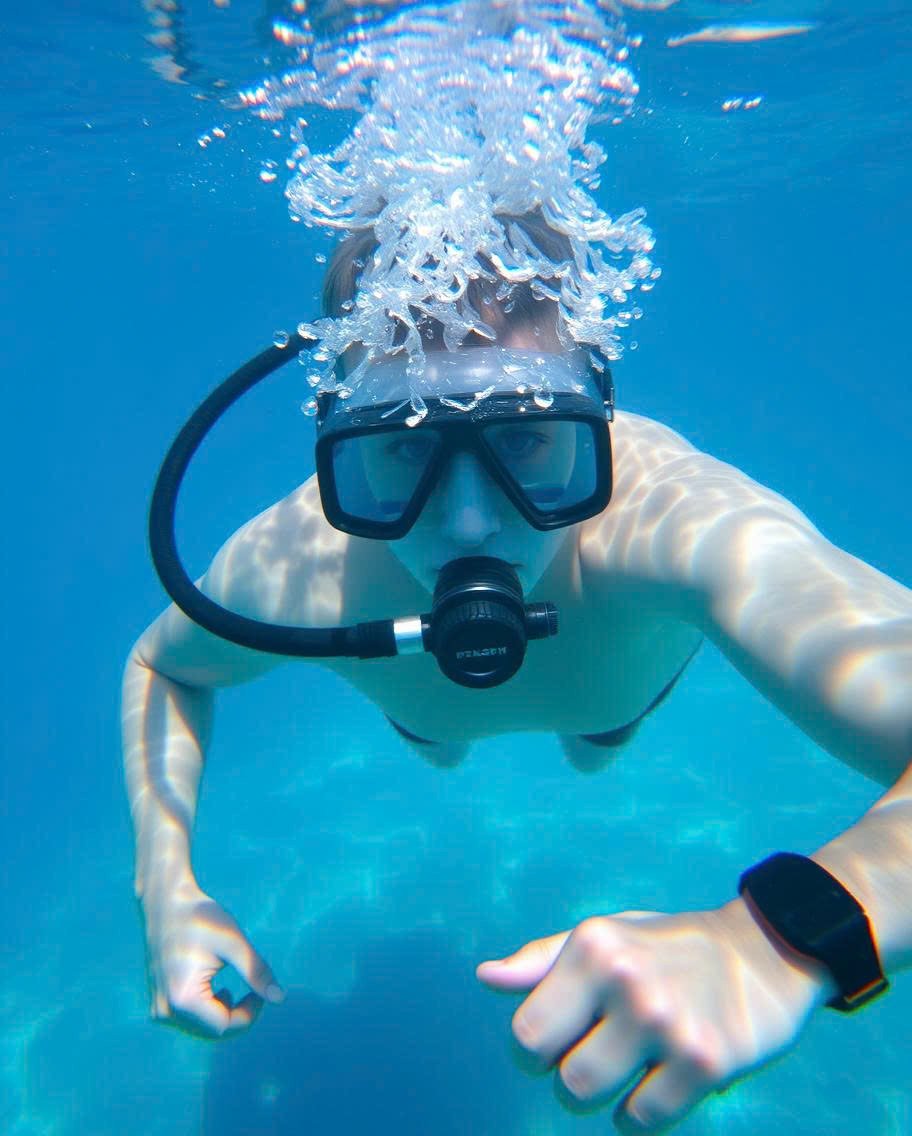Breathing underwater is a fascinating skill, often associated with experienced divers and aquatic professionals. However, you don’t need to be an expert or use specialized equipment to begin practicing underwater breathing techniques. Whether you’re a swimmer looking to enhance your endurance, a freediver aiming to extend your dive time, or simply someone interested in exploring the underwater world, learning to control your breath underwater can be incredibly beneficial. In this guide, we’ll delve into effective methods to practice breathing underwater without equipment, ensuring a safe and gradual approach to mastering this unique skill.
Link Domain https://lawadvisors.pamshion.net
Understanding the Basics of Breath Control
Before diving into underwater practice, it’s essential to grasp the basics of breath control. Breath control is the foundation of all underwater activities. It involves managing your inhalation and exhalation to maximize oxygen efficiency and minimize the buildup of carbon dioxide in your body.
1. Diaphragmatic Breathing
Also known as “belly breathing,” diaphragmatic breathing is a technique where you engage your diaphragm rather than your chest muscles for breathing. This method allows you to take deeper breaths, increasing your lung capacity and oxygen intake.

How to Practice:
Sit or lie down in a comfortable position.
Place one hand on your chest and the other on your abdomen.
Inhale deeply through your nose, ensuring your abdomen rises while your chest remains still.
Exhale slowly through your mouth, feeling your abdomen fall.
Practice this technique for 5-10 minutes daily to strengthen your diaphragm and improve lung capacity.
2. Box Breathing
Box breathing, also known as square breathing, is a powerful technique used by athletes and divers to control breathing patterns, reduce stress, and enhance focus.
How to Practice:
Inhale deeply through your nose for a count of four.
Hold your breath for another count of four.
Exhale slowly through your mouth for a count of four.
Pause and hold your breath for a final count of four.
Repeat this cycle for several minutes, gradually increasing the duration of each step as you become more comfortable.
Preparing for Underwater Breathing Practice
Once you’re comfortable with basic breath control techniques, you can begin preparing for underwater practice. It’s crucial to start slowly, ensuring you’re in a safe and controlled environment.
1. Start in Shallow Water
Begin your practice in a shallow pool or a body of water where you can easily stand up if necessary. Shallow water allows you to focus on your breath control without the anxiety of deep water. The goal is to build confidence and become accustomed to the sensation of holding your breath underwater.
2. Gradual Immersion
Start by immersing just your face in the water while practicing your breath-holding techniques. This step helps you get used to the feeling of water around your nose and mouth, which can be unsettling for beginners. Once you’re comfortable with your face submerged, you can move on to fully submerging your head.
3. Practice Exhalation Techniques
Exhaling underwater is an essential skill, especially when you start diving deeper. Practice exhaling through your nose or mouth while submerged to create bubbles. This practice helps prevent water from entering your airways and prepares you for more advanced underwater breathing techniques.
Techniques for Practicing Breathing Underwater Without Equipment
Now that you’ve built a solid foundation, it’s time to explore specific techniques for practicing breathing underwater without equipment. These methods will enhance your breath-holding capacity and increase your confidence underwater.
1. Static Apnea
Static apnea is a discipline where you hold your breath while remaining motionless underwater. It’s a key technique for freedivers and helps build mental and physical endurance.

How to Practice:
Begin in a calm, shallow area of the water.
Take several deep, diaphragmatic breaths to oxygenate your body fully.
Submerge yourself, holding your breath and staying as still as possible.
Focus on remaining relaxed and conserving oxygen.
Time your breath hold, and gradually try to extend it with each practice session.
Remember, never push yourself too far; always practice with a buddy or under supervision.
2. Dynamic Apnea
Dynamic apnea involves holding your breath while swimming underwater. This technique is more challenging than static apnea and requires a combination of breath control, swimming technique, and energy management.
How to Practice:
Begin in a shallow pool or controlled environment.
Start by swimming a short distance underwater on a single breath.
Focus on smooth, efficient movements to conserve energy.
Gradually increase the distance as your breath-holding capacity improves.
Always have someone nearby in case you need assistance.
3. CO2 Tolerance Training
Building tolerance to carbon dioxide (CO2) is crucial for improving your breath-holding ability. As you hold your breath, CO2 levels in your blood rise, creating the urge to breathe. Training your body to tolerate higher CO2 levels can extend your underwater endurance.
How to Practice:
Perform a series of breath holds with progressively shorter recovery times in between.
For example, hold your breath for 30 seconds, exhale, then take a quick breath before holding again.
Repeat this cycle several times, gradually reducing the recovery period.
This technique helps your body adapt to the discomfort of rising CO2 levels, allowing you to hold your breath longer.
Safety Considerations
Practicing underwater breathing without equipment carries inherent risks, so safety should always be your top priority. Here are some essential safety tips:

Never Practice Alone: Always have a buddy or supervisor present during your practice sessions. They can assist you if you experience difficulties.
Know Your Limits: Don’t push your breath-holding capacity too far. It’s important to listen to your body and avoid overexertion.
Stay Calm: Panicking underwater can lead to dangerous situations. Practice relaxation techniques and remain calm, even when you feel the urge to breathe.
Avoid Hyperventilation: Hyperventilating before a breath hold can reduce CO2 levels too much, leading to shallow water blackout. Breathe normally before submersion.
Conclusion
Practicing breathing underwater without equipment is a rewarding skill that can improve your overall water confidence, enhance your swimming abilities, and introduce you to the basics of freediving. By mastering breath control, gradually immersing yourself in water, and practicing static and dynamic apnea, you can extend your underwater endurance and explore the aquatic world with greater ease.
External links https://justicenow.pamshion.net/how-to-create-pizza-from-clouds.html
Always remember to prioritize safety, practice in controlled environments, and listen to your body. With dedication and consistent practice, you can develop impressive underwater breathing skills that will benefit you in various aquatic activities.
This article is designed to be informative, keyword-rich, and structured for easy readability, making it ideal for SEO purposes.
